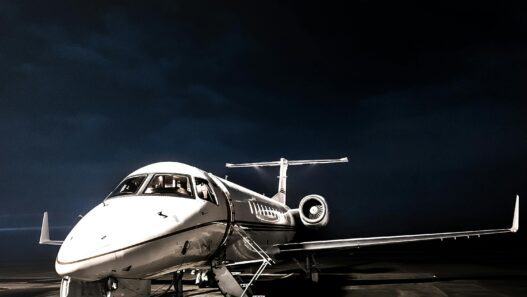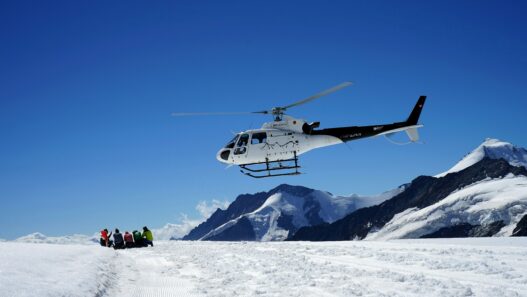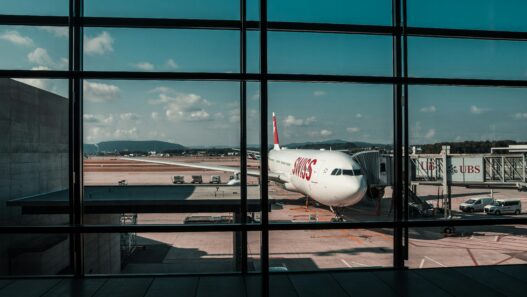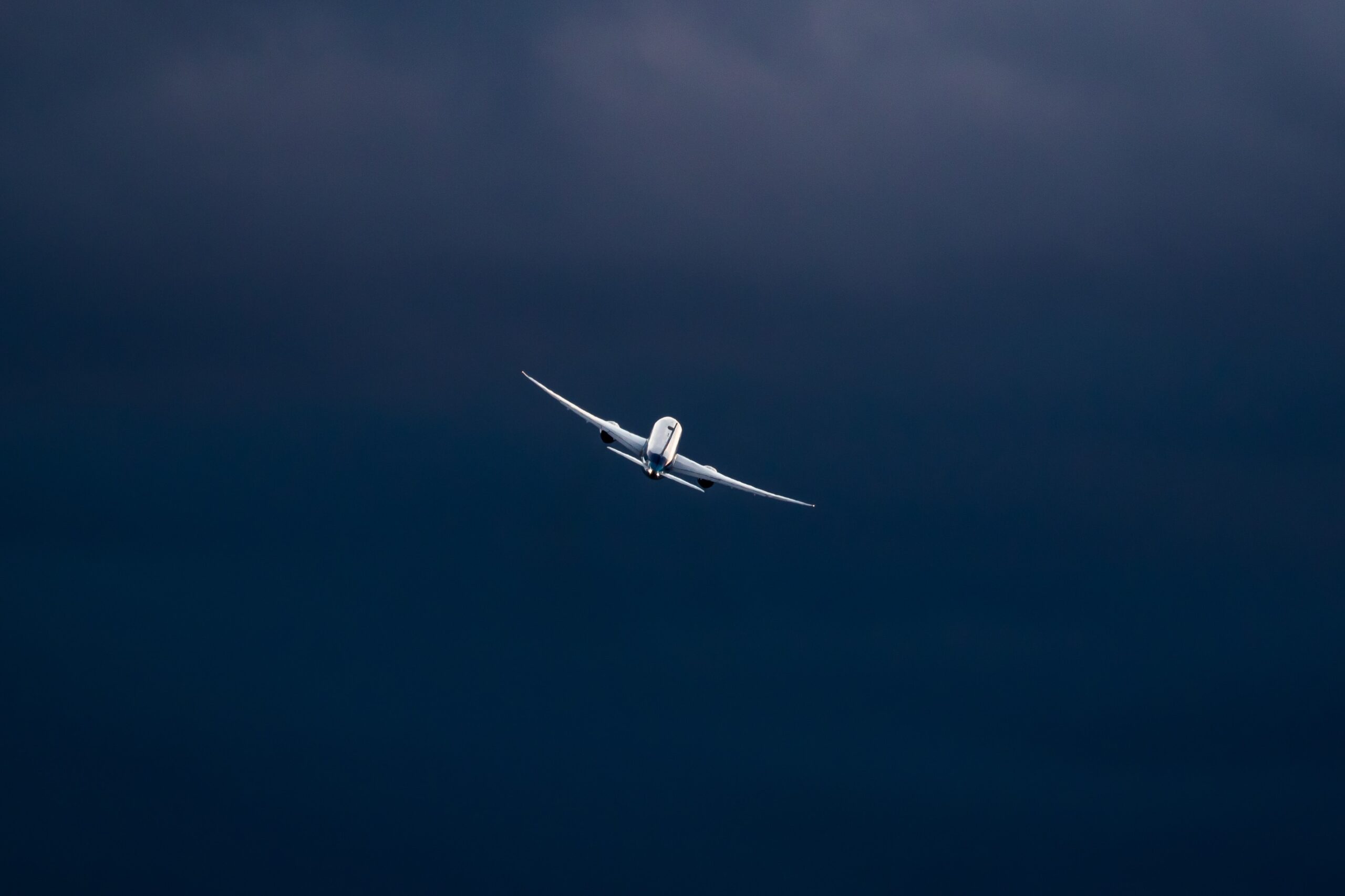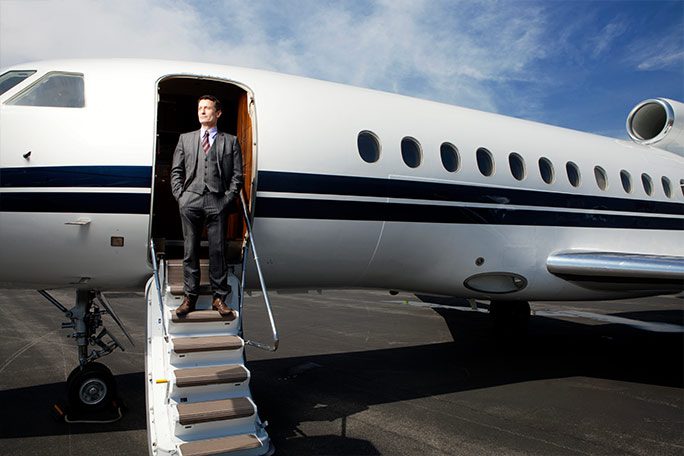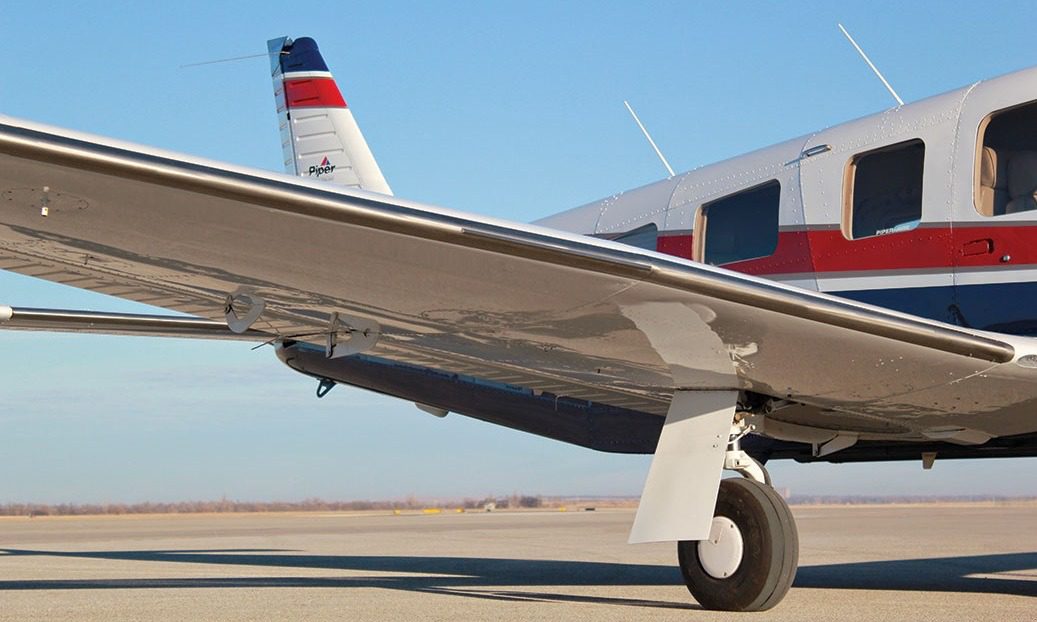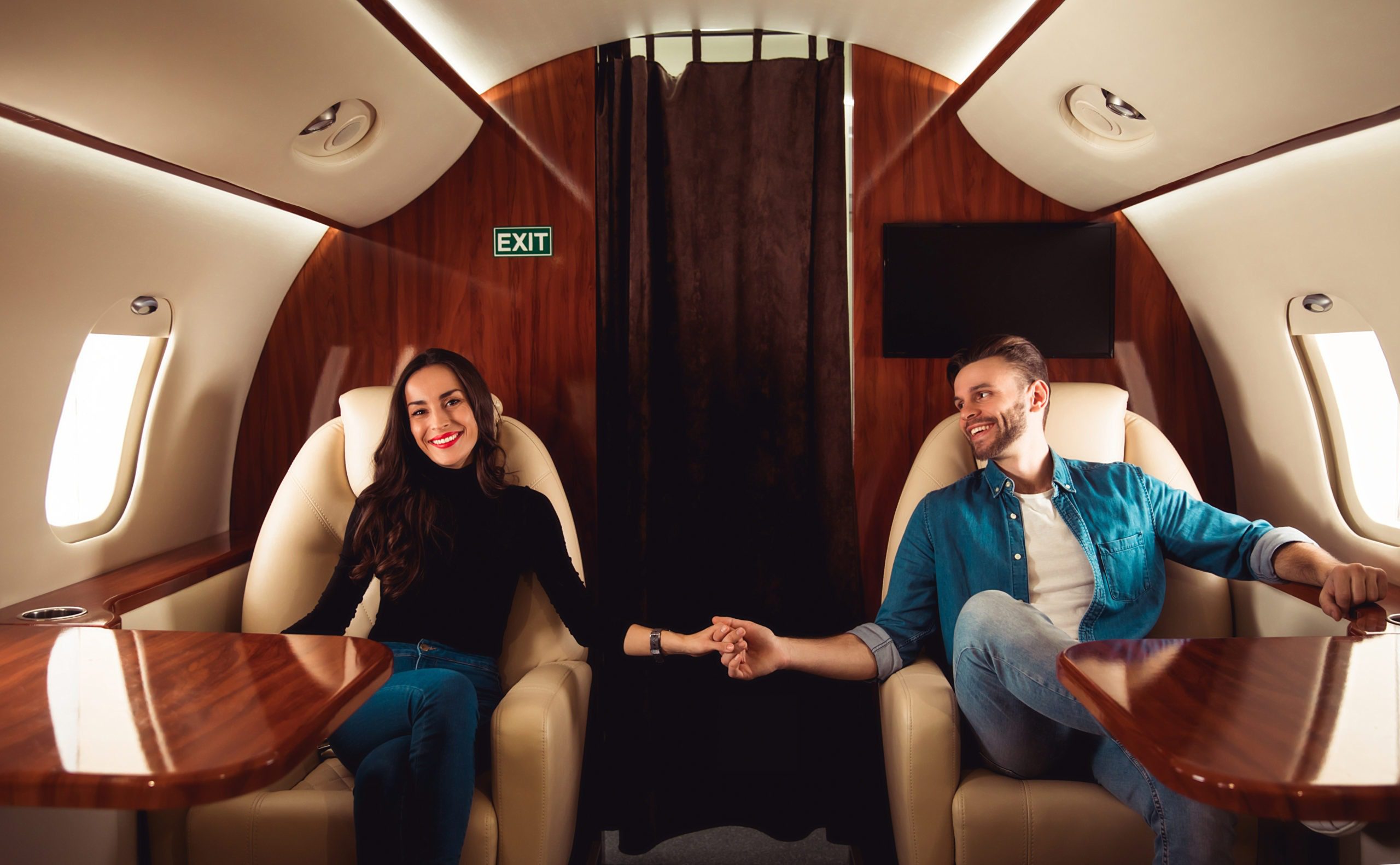The electric vertical takeoff and landing eVTOL industry stands at a critical juncture in 2025. What began as futuristic concept art a decade ago has now materialized into real aircraft carrying passengers in multiple countries. However, the landscape varies dramatically by region, with some companies surging ahead while others struggle to move beyond prototypes. This in-depth analysis examines every major competitor, their technological approaches, current operational status, and realistic prospects for the coming years.
“Whos actually leading the eVTOL Industry 2025?“
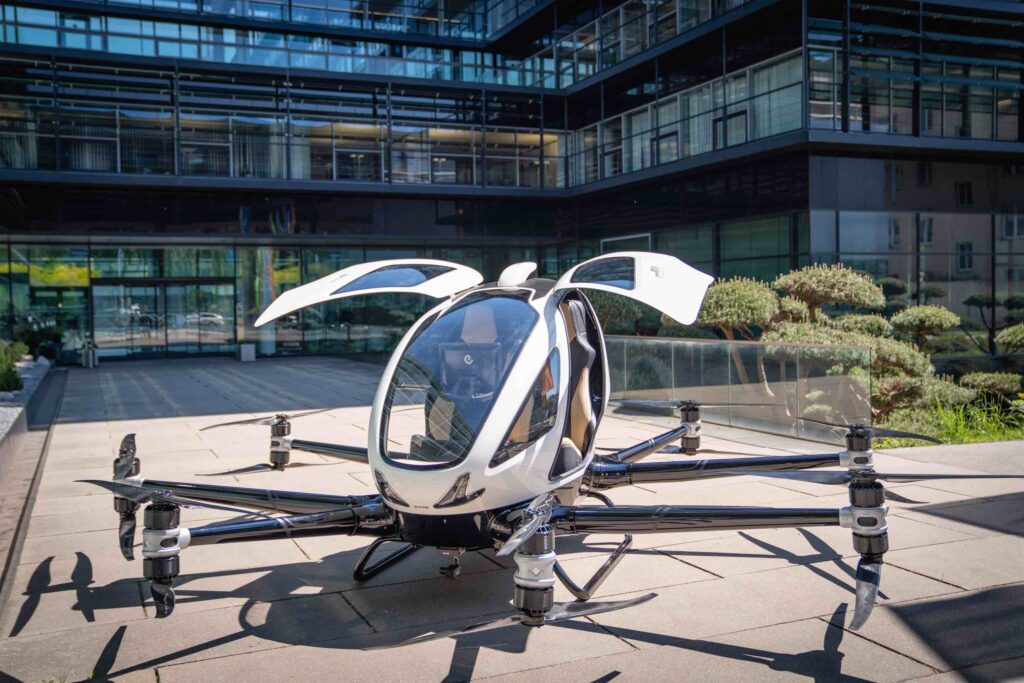
EHang (China): The Autonomous Trailblazer
🔗 Official Website | 📸 EHang 216 Passenger Operations
Current Status:
EHang has established itself as the world’s only eVTOL manufacturer conducting regular, revenue-generating passenger flights at scale. Their Guangzhou operations now complete over 200 autonomous flights daily across twelve vertiports strategically located throughout the city. The company recently expanded to Zhuhai and Haikou, with plans to deploy 500 aircraft across China by year’s end.
Technology Breakdown:
- Fully autonomous operation with no pilot redundancy
- 8-propeller distributed lift system
- 15-30 km range optimized for urban hops
- 90-second battery swaps enable high utilization
2025 Outlook:
EHang faces two critical challenges: expanding beyond China’s specially designated airspace zones and convincing Western regulators that autonomous passenger aircraft can meet their safety standards. The company has begun certification discussions with UAE and Japanese authorities, but progress remains slow compared to their domestic operations.
Key Metric:
4,800+ commercial flights completed as of Q2 2025
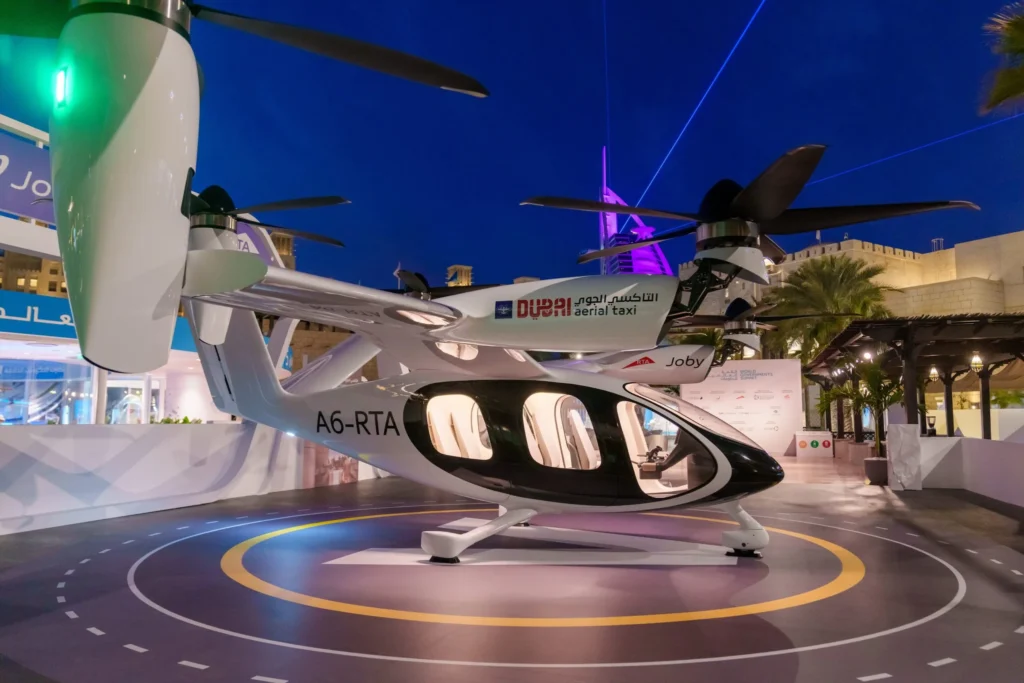
Joby Aviation (USA): The FAA’s Tortoise
Official Website | Joby S4 Flight Testing
Current Status:
After 14,000 test flights and five years of FAA certification efforts, Joby finally expects to receive its Part 135 air carrier certificate in Q3 2025. The company has established manufacturing capacity for 500 aircraft annually at their Marina, California facility, with Toyota providing production expertise.
Technology Breakdown:
- Tilt-rotor design for efficient cruise
- 300+ km range (industry-leading)
- 4 passenger + pilot configuration
- 65 dB noise profile (quieter than helicopters)
2025 Outlook:
Joby’s first commercial routes will connect Manhattan to JFK Airport and Los Angeles to Ontario International, with fares projected at $150-200 per seat. However, their reliance on human pilots (for now) creates cost challenges compared to autonomous competitors.
Critical Challenge:
Achieving profitability with estimated $2.5 million aircraft price point

Volocopter (Germany): Europe’s Cautious Contender
Official Website | VoloCity in Dubai
Current Status:
Volocopter became the first European company to receive full EASA type certification in March 2025. Their Dubai operations, launched in partnership with the RTA, now offer 50+ flights weekly between seven vertiports. However, European operations remain limited to demonstration flights pending vertiport construction.
Technology Breakdown:
- 18 independent rotors for redundancy
- 30 km range with current batteries
- Luxury interior targeting business travelers
- 120-second charging capability
2025 Outlook:
The company plans to launch Paris and Singapore routes by year-end, but production remains constrained at 5 aircraft per month. Their recent €500 million investment round will fund a new German production facility.
European Challenge:
Only 3 operational vertiports currently exist in the entire EU
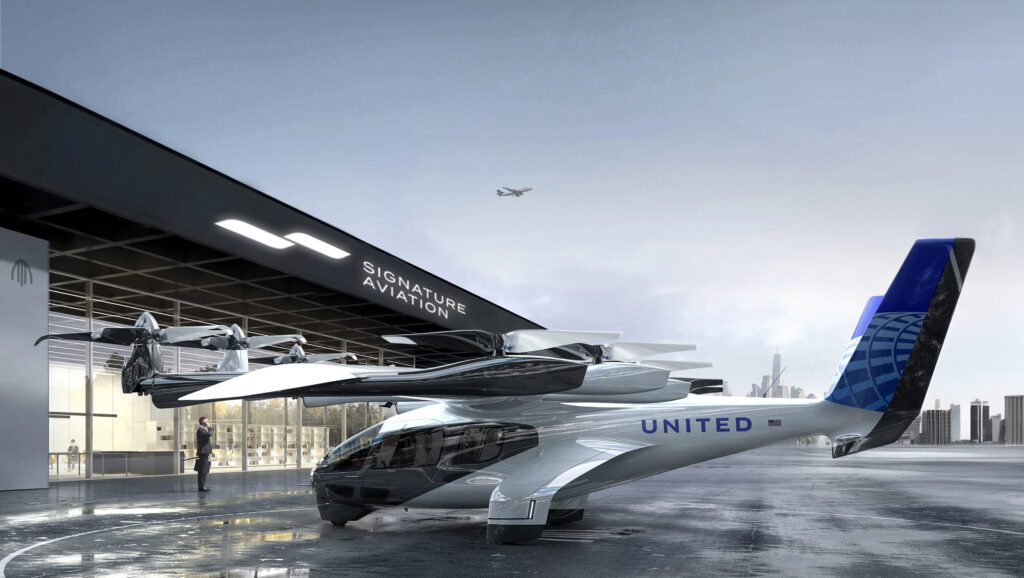
Archer Aviation (USA): The Hype Machine
Official Website | Midnight Aircraft Testing
Current Status:
Archer’s much-publicized United Airlines partnership has faced repeated delays. Their “Midnight” aircraft only began pilot training operations in Q1 2025, with commercial service now pushed to 2026. The company has burned through **1.2 billion∗∗of their 1.2billion∗∗of their 1.8 billion war chest.
Technology Breakdown:
- Tilt-rotor configuration
- 150 km range
- 4 passenger capacity
- Automation-ready (future pilotless option)
2025 Outlook:
Archer must demonstrate they can transition from marketing renders to actual production. Their Georgia factory remains only 30% operational, raising doubts about their ability to deliver United’s 200-aircraft order on time.
Make-or-Break Moment:
FAA certification application submission expected Q4 2025
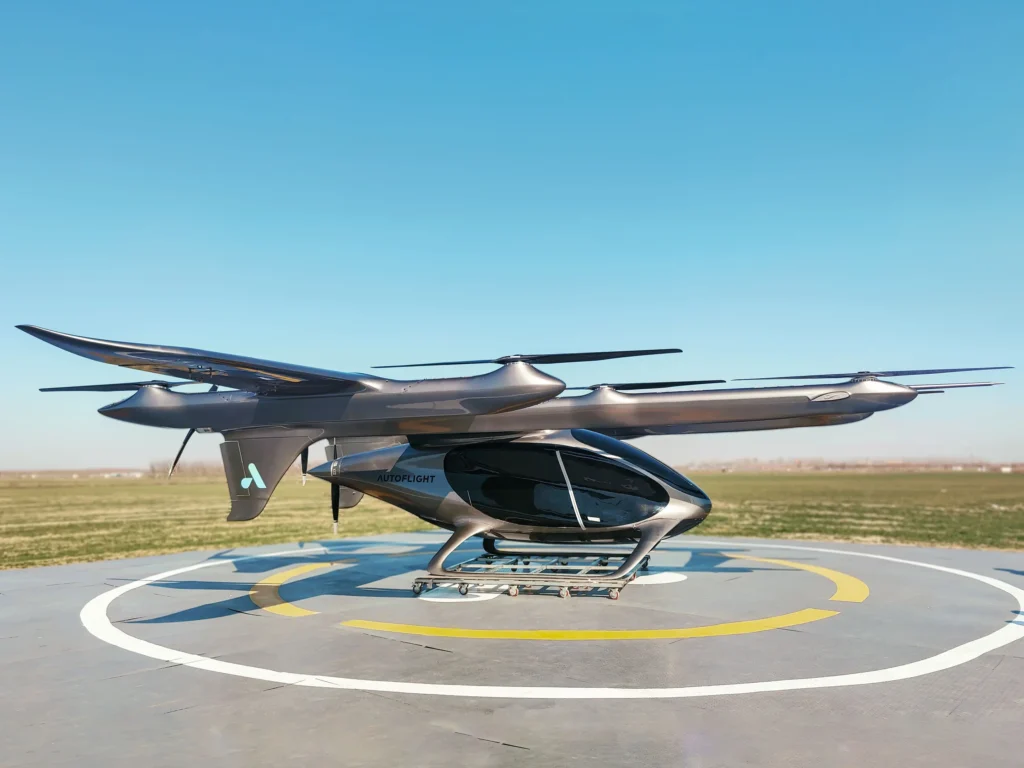
AutoFlight (China): The Range Champion
Official Website | Prosperity Aircraft
Current Status:
AutoFlight stunned the industry with a 250 km demonstration flight in 2024. They’ve since focused on cargo operations, with 150 aircraft deployed for medical logistics across China. Passenger version certification is expected Q4 2025.
Technology Breakdown:
- Hybrid wing-body design
- Lift + cruise configuration
- 6 passenger capacity
- 200+ km operational range
2025 Outlook:
The company plans to launch intercity routes in Guangdong province, connecting secondary cities underserved by high-speed rail. Their manufacturing scale (1,000+ aircraft annually) could disrupt regional air travel markets.
Strategic Advantage:
Positioned between EHang’s urban taxis and traditional regional airlines
Check out here for more infos how to digitalize that industry with blockchain
The 2025 Competitive Landscape
| Metric | Leader | Key Advantage | Biggest Weakness |
|---|---|---|---|
| Commercial Flights | EHang | Autonomous operations at scale | Limited to China |
| Range | AutoFlight | 250km demonstrated | Unproven passenger operations |
| Certification | Volocopter | Full EASA approval | Slow production |
| Manufacturing | Joby | Toyota partnership | High cost structure |
| Investment | Archer | United Airlines backing | Delayed timelines |
The Infrastructure Challenge
The aircraft are only half the battle. Vertiport construction lags nearly everywhere except:
- China: 50+ operational vertiports
- Dubai: 12 vertiports completed
- USA: Only 4 under construction
This infrastructure gap creates a chicken-and-egg problem slowing adoption in Western markets.
Beneath the sleek exteriors of modern eVTOL aircraft lies an inconvenient truth – today’s battery technology simply isn’t good enough for profitable, large-scale operations. While airframes and autonomous systems have advanced rapidly, energy storage remains the stubborn bottleneck capping the industry’s potential.
The Numbers Don’t Lie
Current lithium-ion batteries powering most eVTOLs deliver:
- 250-300 Wh/kg energy density
- 1,500-2,000 charge cycles before replacement
- 30-45 minute recharge times
These specs create brutal operational math:
- A typical urban air taxi route burns 1.5-2 kWh per km
- At current densities, that means 40-50 km practical range after reserving power for contingencies
- Battery packs costing $250,000+ need replacement every 2-3 years
The Profitability Threshold
Industry analysts agree: 400+ Wh/kg is the magic number where:
- Range extends to 150+ km (enabling regional routes)
- Battery lifespan crosses 3,000 cycles
- Operating costs drop below $1.50 per seat-mile
We’re not there yet.
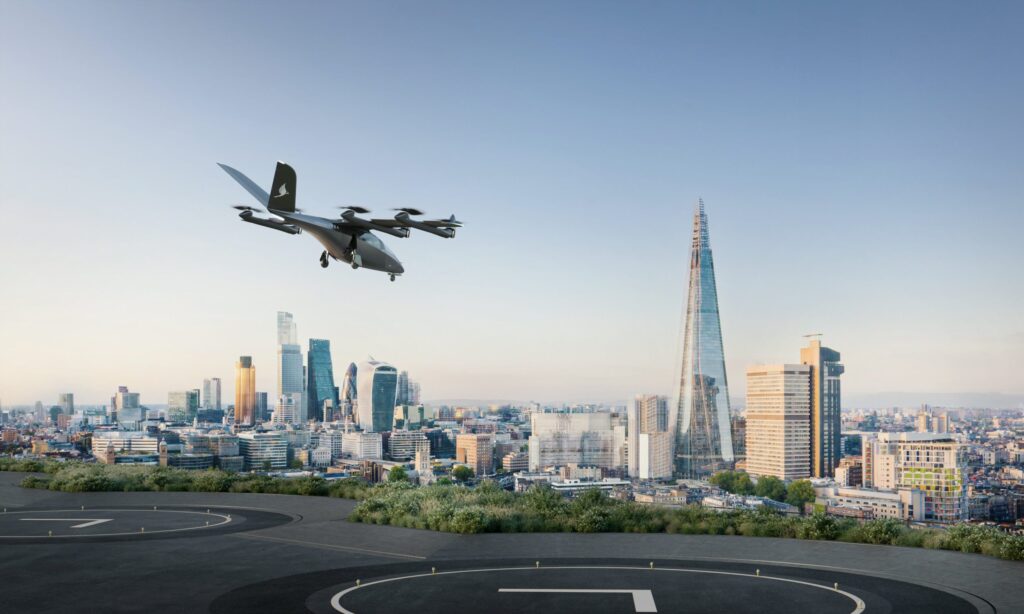
Who’s Working on Solutions?
- CATL (China)
- Testing condensed matter batteries (500 Wh/kg)
- Promises 50% longer lifespan than current tech
- 2026 target for aviation certification
- QuantumScape (USA)
- Solid-state prototype achieves 380 Wh/kg in labs
- Fast-charging capability (15 mins to 80%)
- Scaling challenges remain
- Samsung SDI (Korea)
- Developing silicon anode batteries
- 350 Wh/kg demonstrated
- Partnering with multiple eVTOL makers
The Interim Workarounds
While waiting for breakthroughs, manufacturers are:
- Hybridizing systems (e.g., hydrogen fuel cells for cruise)
- Optimizing aerodynamics to reduce energy demand
- Building ultra-fast swap systems to minimize downtime
But these are bandaids, not cures.
The 2026 Make-or-Break Moment
Next year could reshape the entire industry if:
✅ CATL delivers on its condensed battery promises
✅ Solid-state tech proves scalable
✅ New chemistries (lithium-sulfur, etc.) emerge from labs
Failures here could:
❌ Force route networks to remain hyper-local
❌ Keep ticket prices prohibitively high
❌ Delay profitability timelines by 3-5 years
What Comes Next? The 2026 Watchlist
- Autonomy at Scale
- Will Western regulators ever allow pilotless passenger flights?
- EHang’s China data could force their hand
- Vertiport Gridlock
- Cities that solve zoning/construction first will dominate
- Current pace won’t support projected demand
- The Aerospace Giants Awaken
- Boeing/Airbus have deep pockets and certification expertise
- Their entry could reset the competitive landscape
- Consolidation Wave
- Expect mergers as cash-burning startups seek exits
- Traditional airlines may acquire rather than partner
The Bottom Line
The eVTOL industry / revolution won’t be won by the prettiest aircraft or smoothest demo flight. Real success belongs to those solving three mundane but critical challenges:
want to know more about opportunities, current technologies and upcoming events?
We invite you to talk about these Topics whenever you like.

